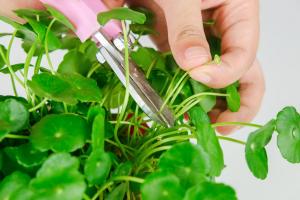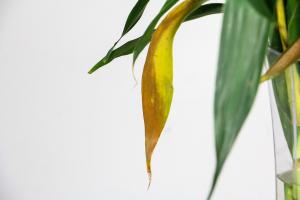How Long is a Plant Patent Good For?
Plant patents are a type of intellectual property protection that grants its owner exclusive rights to control the use of a new, non-obvious, and asexually reproduced plant variety for a period of time. A plant patent is different from a utility patent, which protects new and useful inventions or discoveries, as a plant patent only covers a plant's genetic makeup and its asexual reproduction.
The Duration of a Plant Patent
The duration of a plant patent is governed by the United States Patent and Trademark Office (USPTO). Plant patents granted on or after December 12, 1980, have a duration of 20 years from the date of the patent application. However, plant patents granted before December 12, 1980, have a duration of 17 years from the date of issuance.
It's important to note that the duration of a plant patent does not overlap with the duration of a utility patent. If a plant variety is also eligible for a utility patent, the plant patent's expiration will not affect the utility patent's term, and vice versa.
Renewing a Plant Patent
Unlike some other forms of intellectual property protection, such as trademarks, a plant patent cannot be renewed. Once the 20-year duration of the plant patent ends, the patented plant variety becomes part of the public domain and can be used freely by anyone. This means that the plant's inventor loses the exclusive right to control the asexual reproduction and use of the newly created plant variety.
However, it's essential to note that a plant's inventor may still be eligible for other forms of intellectual property protection, such as a utility patent. If the plant variety is also eligible for a utility patent, the inventor may apply for one during the plant patent's term, or after it expires.
Challenging a Plant Patent
Like other forms of intellectual property protection, a plant patent can be challenged by the public. Some common reasons for challenging a plant patent include; it doesn't meet the requirements for patentability or a prior art reference exists that shows the plant variety was not new, non-obvious or asexual reproduced. A third party may petition to have the plant patent invalidated, but it's a complicated process that involves presenting evidence to the USPTO.
Conclusion
In summary, the duration of a plant patent is governed by the USPTO and lasts for 20 years from the date of the patent application. Once the plant patent expires, the patented plant variety becomes part of the public domain and can be used freely by anyone. Plant inventors are encouraged to seek other forms of intellectual property protection to extend their plant's exclusive rights beyond 20 years.

 how many times do yo...
how many times do yo... how many planted tre...
how many planted tre... how many pine trees ...
how many pine trees ... how many pecan trees...
how many pecan trees... how many plants comp...
how many plants comp... how many plants can ...
how many plants can ... how many plants and ...
how many plants and ... how many pepper plan...
how many pepper plan...
































